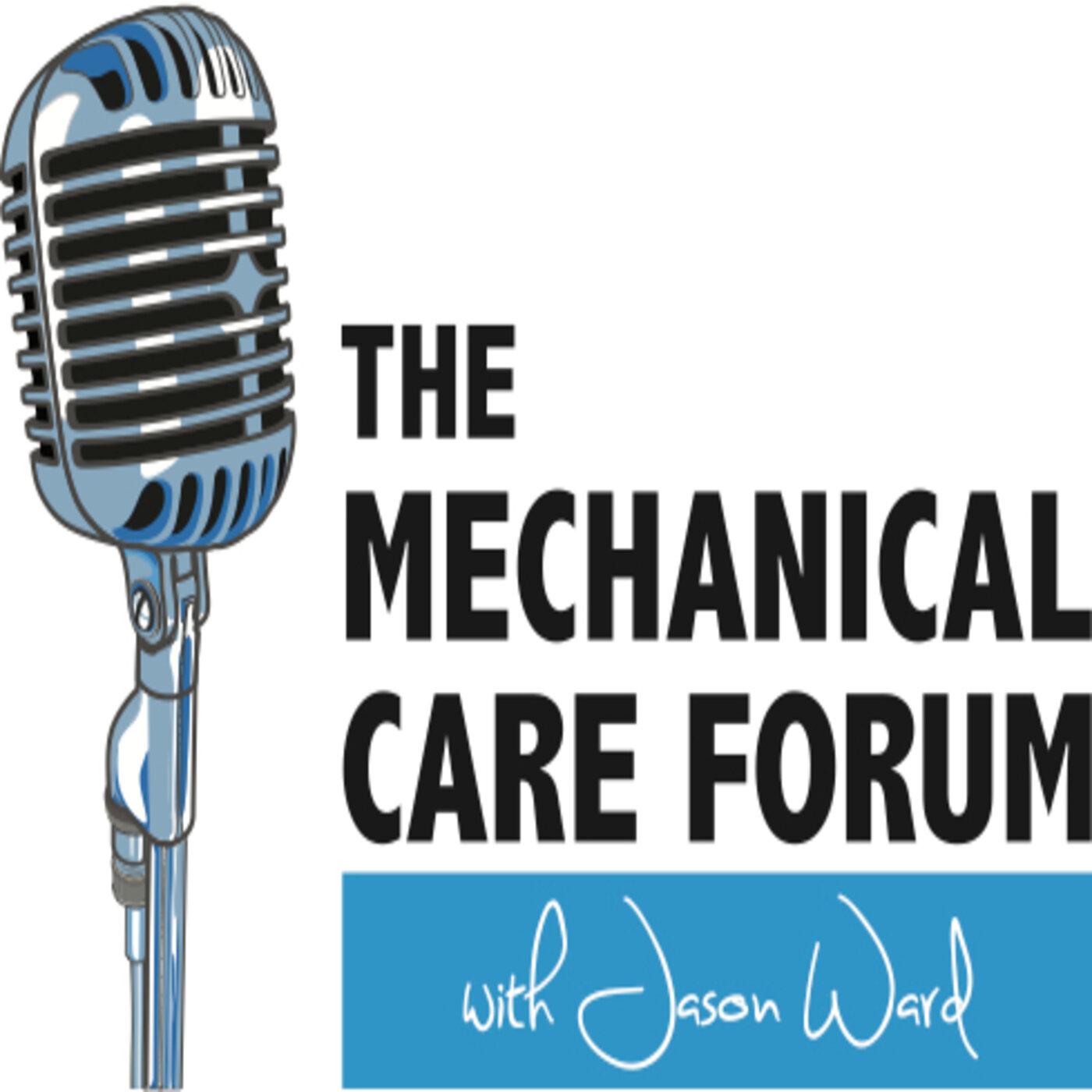Dave Oliver
Physical Therapist
Ann Arbor, MI
Show Notes
Primary Strength
Dave sees our primary strength in our assessment process and the ability to classify patients with musculoskleletal disorders. That enables management of these conditions efficiently, rapidly and at a lower cost. And the patient is able to continue to maintain their improved status through the home program.
Memorable Patient
A memorable patient that has stayed with Dave was a course participant with a wrist condition. It initially appeared to be a simple wrist derangement but on second visit no change had occurred and through further investigation her symptoms changed following end-range cervical extension. She offered she wasn’t able to perform an Ulnar Nerve Tension Test for the longest time. After 24 hours she completely resolved her motion without pain and she could fully place her arm in the nerve tension position without pain.
Dave teaches to organize your considerations for the patient determining: the origin of the problem, the classification of the problem, the direction the patient needs to be moved, and force that’s needed to resolve it.
When educating a patient that may need to perform a spinal motion for their home program to rule out referred pain in an extremity from the cervical or lumbar spine, Dave uses the Treat Your Own Back or Neck book to explain how the body can refer pain.
In dealing with a patient that was classified as inconclusive and when he showed no rapid change provisionally and confirmed on follow-up, Dave used movement and functional activities of all kinds and in all directions to prove to and convince the patient that his problem did not need to result in him doing less or avoid being involved in many things he enjoyed for fear that his back would worsen.
Best Advice
When asked for the best piece of advice he’s ever received he remembers he was on his Part C course, he asked “What do you do when the patient is not a McKenzie patient?”… his instructor said, “This is all we do.”
Patient Education Analogy
An analogy that Dave uses to better help his patients understand: he talks a lot about hinges and a door’s ability to swing open and closed well is dependent on good functioning hinges.
He explains how if the hinges are out of position the movement is impaired and if we can free the hinge the door will rapidly improve. He explains our joints are similar when derangements are identified as the mechanical diagnosis.
Changes in his Clinical Behavior
Dave believes little has changed in his clinical practice over the last 5 years or so. If anything, he challenges the structures more as to challenge the assessment process and almost as if to try to talk himself out of his initial classification. Another thing he does differently more recently is spend time a bit more with educating his patients on pain based on what he has learned on pain science and research.
Resources
Resources that he uses are Youtube and Wikipedia.
See:
for understanding persistent/chronic pain
http://www.youtube.com/watch?v=4b8oB757DKc
for understanding single best thing you can do for your health (is exercise)
http://www.youtube.com/watch?v=aUaInS6HIGo
Studies
Clinical research that he’s read that has influenced his practice patterns has possibly been from Moseley or Butler and their work on pain science but little else lately has changed his practice patterns significantly.
Personal Habit Contributing to Success
A personal habit that he believes influences his success as a teacher and as a clinician is having fun while teaching and treating. His sense of humor he believes adds to his students and patients learning environment to enhance their experience.
To reach Dave Oliver:
We hope to deliver this content to the committed professional who wants to improve his/her care and we hope to do it in a way that is easily accessible, the world over, in today's technological age.
To contribute:
Give a 5-star review on iTunes;
Share EP #8 with a friend; and/or
Connect with us on the Spotify MCF Podcast and MCF Instagram page!
Thanks for your support!

